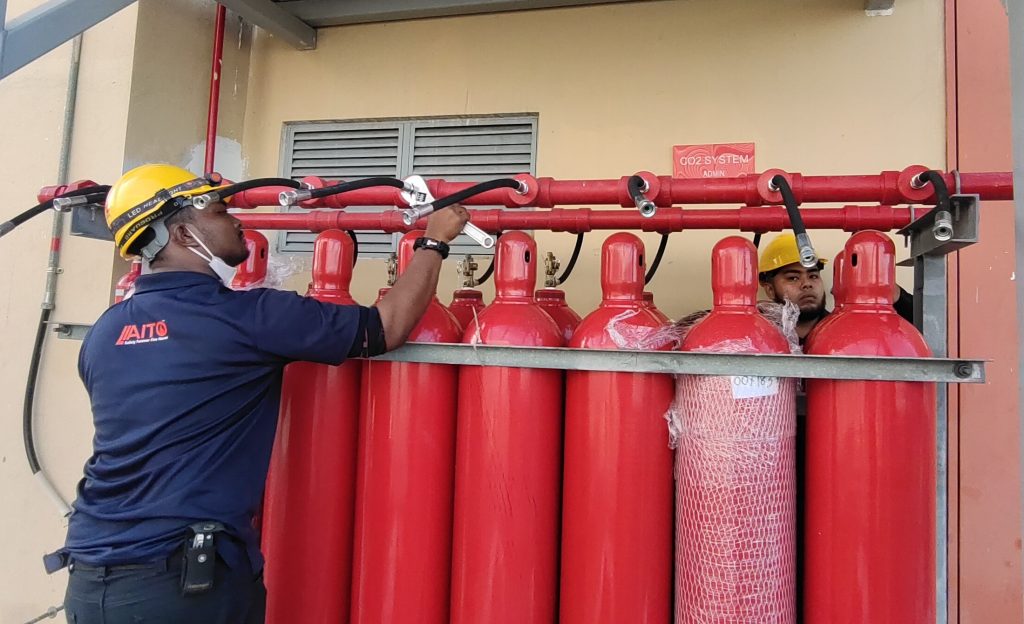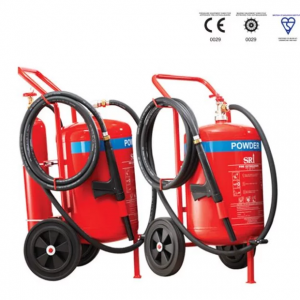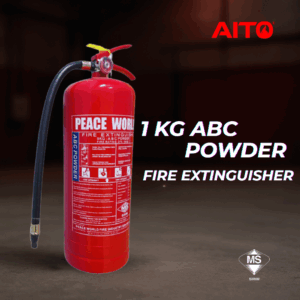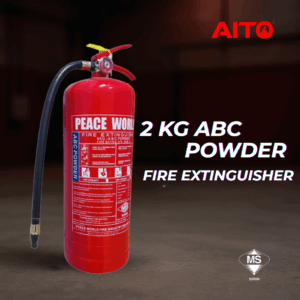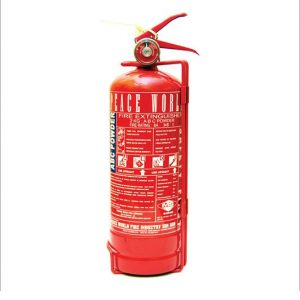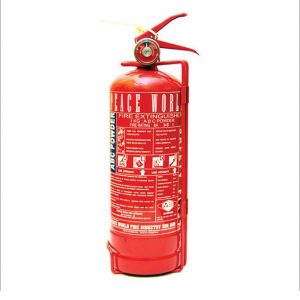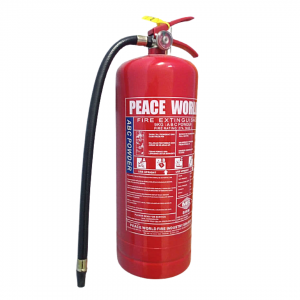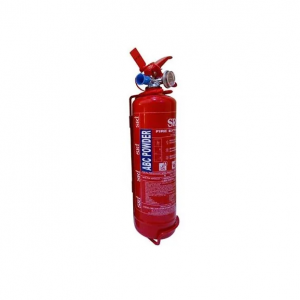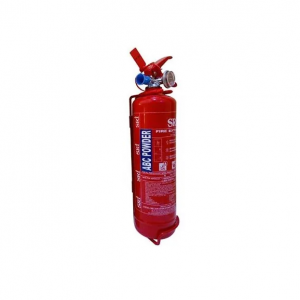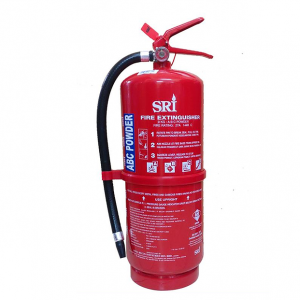The Importance of Fire Inspection
Fire inspection serve as a cornerstone of proactive fire prevention and safety efforts in communities worldwide. From residential homes to commercial buildings and industrial facilities, these inspections play a vital role in identifying and mitigating fire hazards. To ensure compliance with fire codes and regulations, and ultimately safeguarding lives and property. Let’s explore the significance, process, and impact of fire inspection in maintaining public safety.
Significance of Fire Inspection:
- Risk Identification and Mitigation: Fire inspection help identify potential fire hazards such as electrical wiring, flammable materials storage, blocked exits, and inadequate fire suppression systems. By addressing these risks proactively, inspections mitigate the likelihood of fire incidents and reduce the potential for property damage and loss of life.
- Ensuring Compliance: Fire codes and regulations establish minimum safety standards for buildings and facilities to prevent fires and protect occupants in the event of emergencies. In addition, regular fire inspections ensure that properties comply with these standards. Besides, promoting adherence to safety protocols and reducing the risk of code violations.
- Occupant Safety and Awareness: It contribute to enhancing occupant safety by ensuring that buildings have sufficient amount of equipment. For example fire alarms, smoke detectors, emergency lighting, and other life safety systems in place. Additionally, inspections may involve educating occupants about fire safety practices, evacuation procedures, and the importance of maintaining a fire-safe environment.
- Wildfire Prevention: In wildfire-prone areas, fire inspections focus on mitigating the risk of wildfires by assessing vegetation management, and creating defensible space around structures. These measures help protect communities from the devastating impacts of wildfires and promote ecosystem resilience.
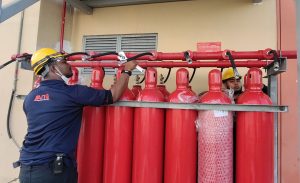
The Fire Inspection Process:
- Preparation: Fire inspectors review building plans, occupancy records, and previous inspection reports to familiarize themselves with the property and its history. They may also schedule inspections in coordination with property owners or managers.
- On-Site Assessment: During the inspection, inspectors systematically assess various aspects of the property, including fire protection systems, emergency exits, electrical systems, heating and ventilation systems, storage practices, and overall housekeeping.
- Identification of Hazards: Inspectors identify potential fire hazards, code violations, and deficiencies in fire safety measures. They document their findings and provide recommendations for corrective actions to address identified issues.
- Communication and Education: Inspectors communicate their findings to property owners or managers, explaining the importance of compliance with fire codes and regulations. They may offer guidance on remediation measures and provide educational resources to enhance fire safety awareness.
- Follow-Up and Enforcement: Following the inspection, inspectors may follow up to ensure that corrective actions are implemented within specified timelines. Besides, in cases of serious violations or non-compliance, enforcement actions such as citations, fines, or closure orders may be pursued to compel compliance with fire safety requirements. Get your slot of fire inspection here.
Impact and Benefits:
- Prevention of Fire Incidents: By identifying and addressing fire hazards proactively, fire inspection reduce the likelihood of fire incidents. Besides, minimize the potential for property damage, injuries, and loss of life.
- Enhanced Resilience: Properties that undergo regular fire inspection is better prepared to respond to emergencies, facilitating swift evacuation and effective firefighting efforts in the event of a fire.
- Community Confidence: Public awareness of regular fire inspection fosters confidence in the safety of buildings and facilities. Equally important is promoting trust in regulatory agencies and enhancing community resilience to fire-related risks.
- Cost Savings: Proactive fire prevention measures resulting from inspections can lead to long-term cost savings by reducing property damage, insurance premiums, and liabilities associated with fire incidents.
Conclusion:
Finally, it is a fundamental component of comprehensive fire prevention and safety strategies, serving to identify, mitigate, and manage fire risks in diverse settings. Through systematic assessments, education, and enforcement. The inspections contribute to the protection of lives, property, and communities, underscoring their indispensable role in ensuring public safety in an ever-evolving built environment. The fire inspection can be made by us at Aito Firework.

